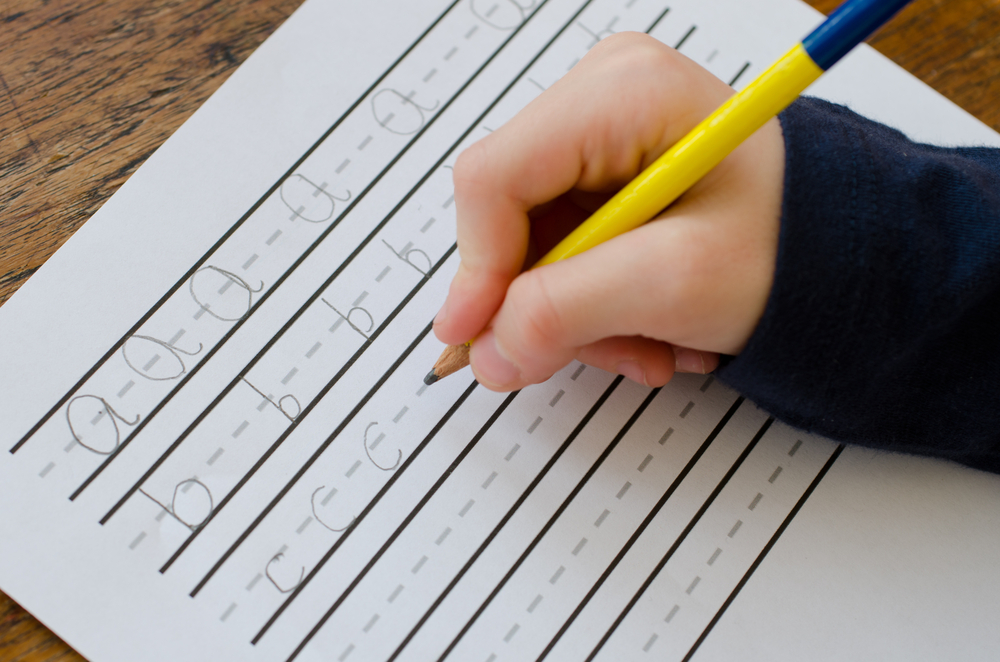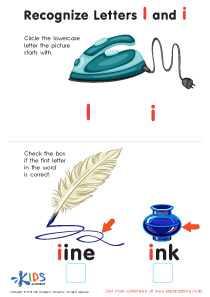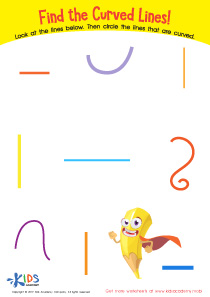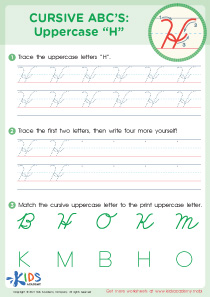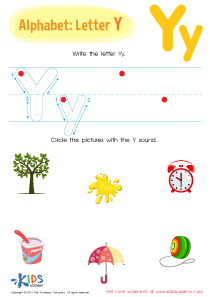Alphabet sequencing Alphabet Worksheets for Ages 4-9
8 filtered results
-
From - To
Boost your child's alphabet skills with our engaging Alphabet Sequencing Worksheets, designed specifically for children ages 4-9. These printable activities provide a fun and interactive way for young learners to practice recognizing and ordering the letters of the alphabet. Our worksheets feature vibrant visuals, captivating themes, and step-by-step guidance, making learning enjoyable! By encouraging the development of sequencing skills, these exercises lay a strong foundation for reading and writing proficiency. Ideal for homeschooling, classroom use, or supplemental at-home practice, our Alphabet Sequencing Worksheets make letter learning a delightful adventure for every child. Start building their alphabet mastery today!
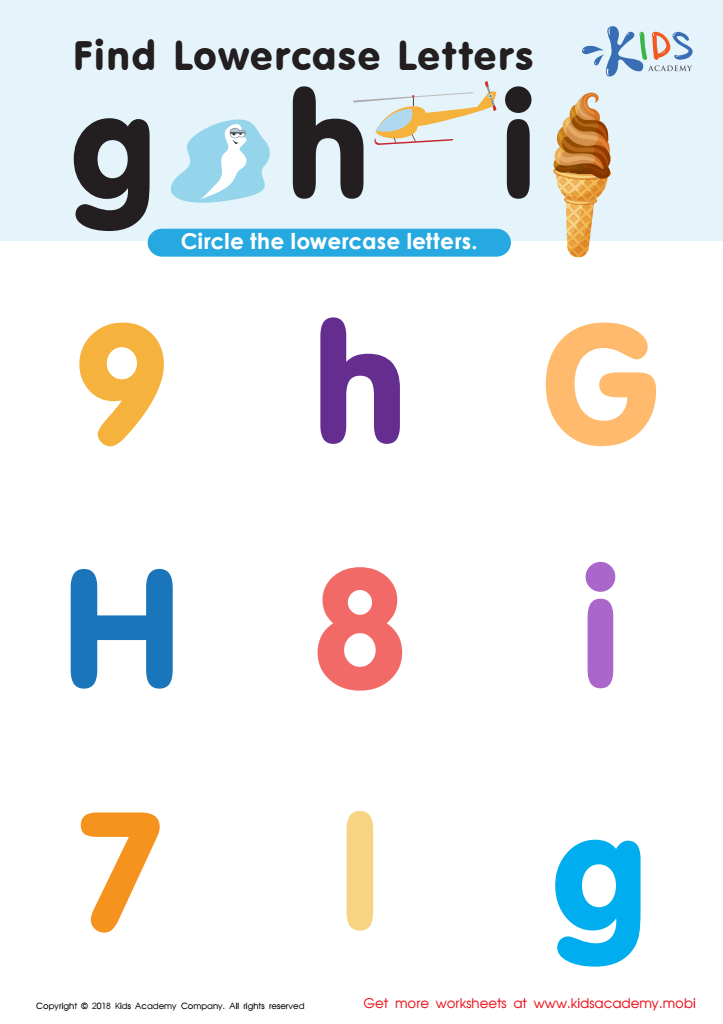

Find Lowercase Letters g h i Worksheet
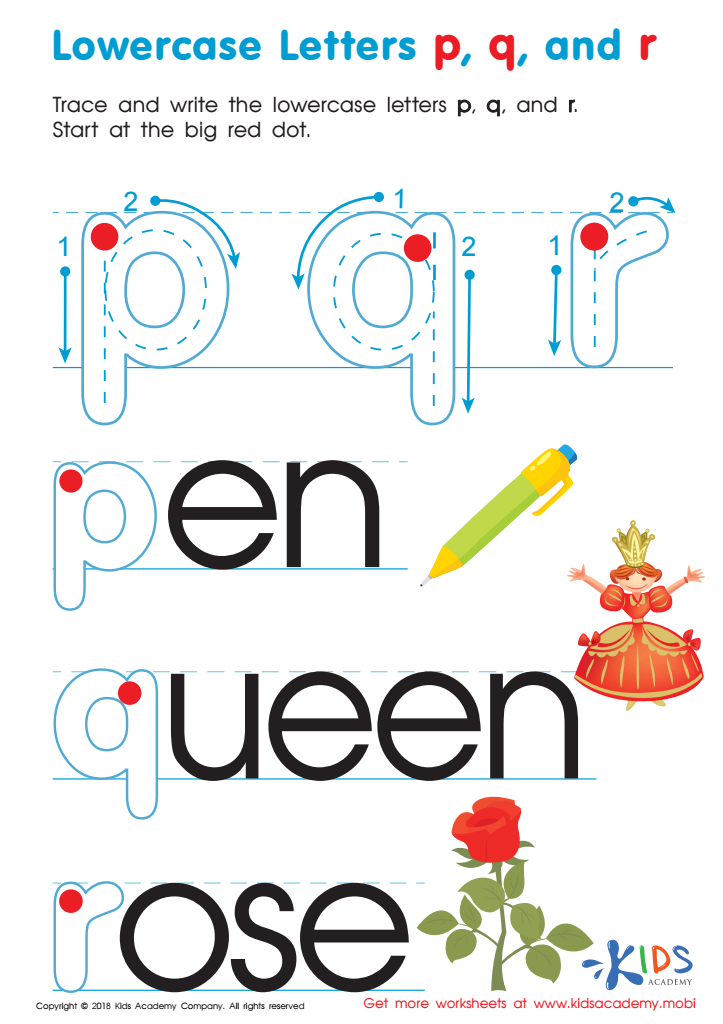

Lowercase Letters p q r Worksheet
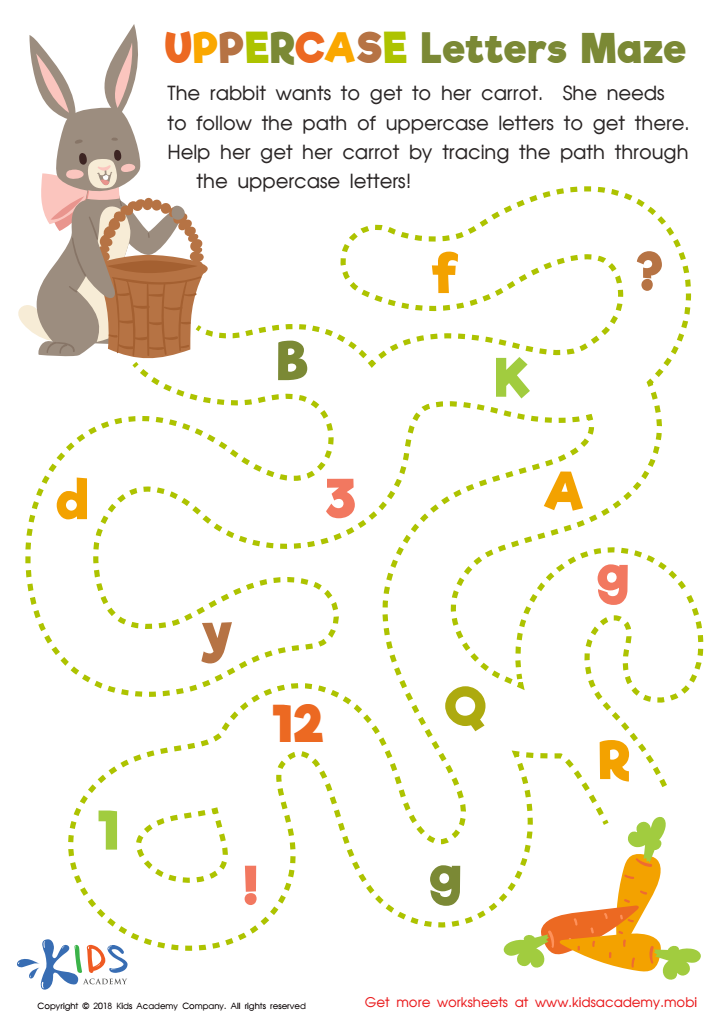

Uppercase Letters Maze Worksheet
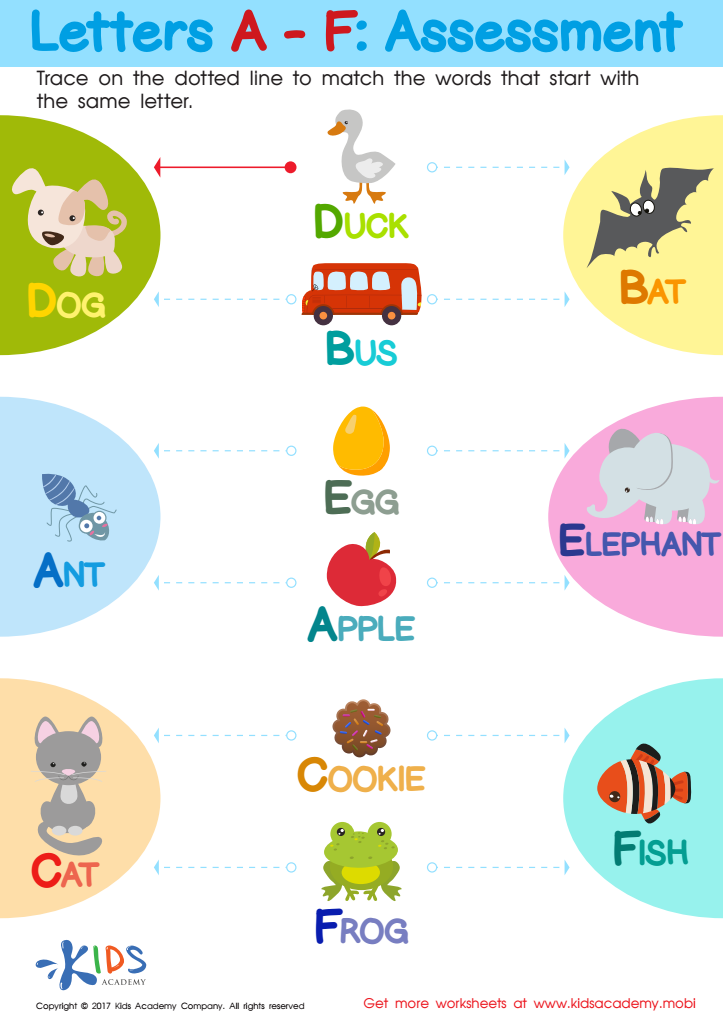

Letters A - F Worksheet
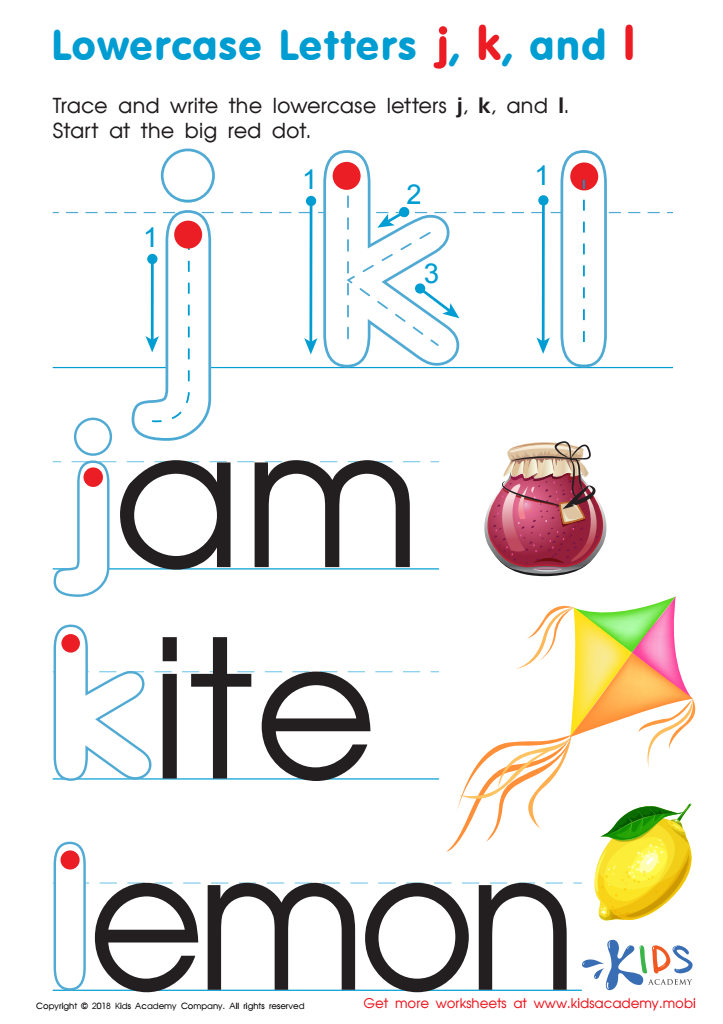

Lowercase Letters j k l Worksheet
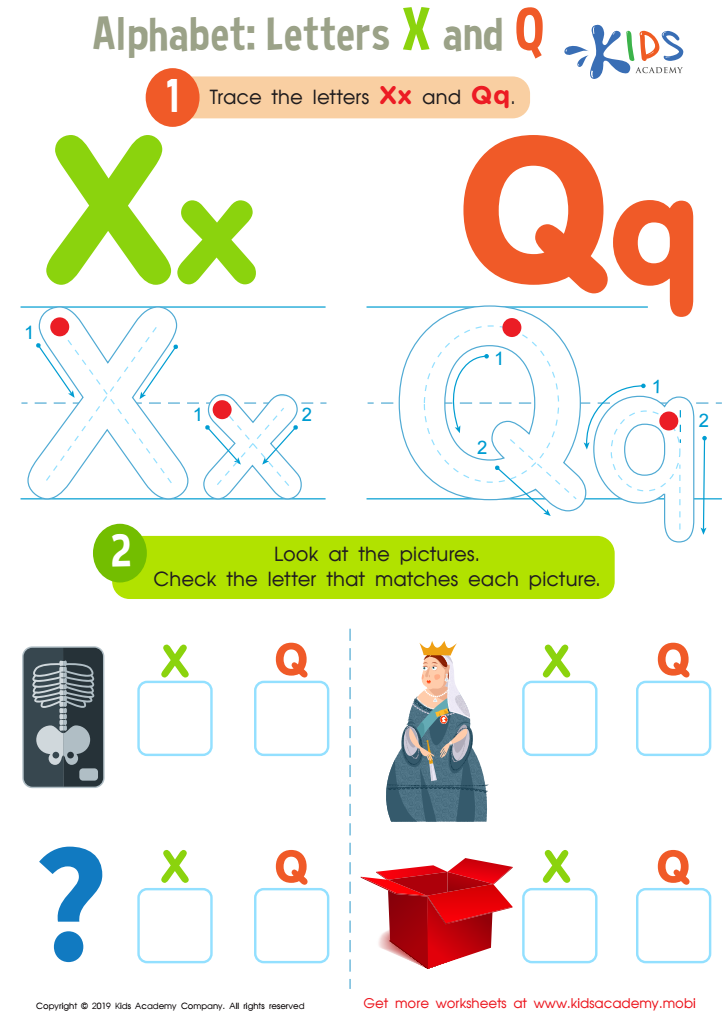

Letters X and Q Tracing Worksheet
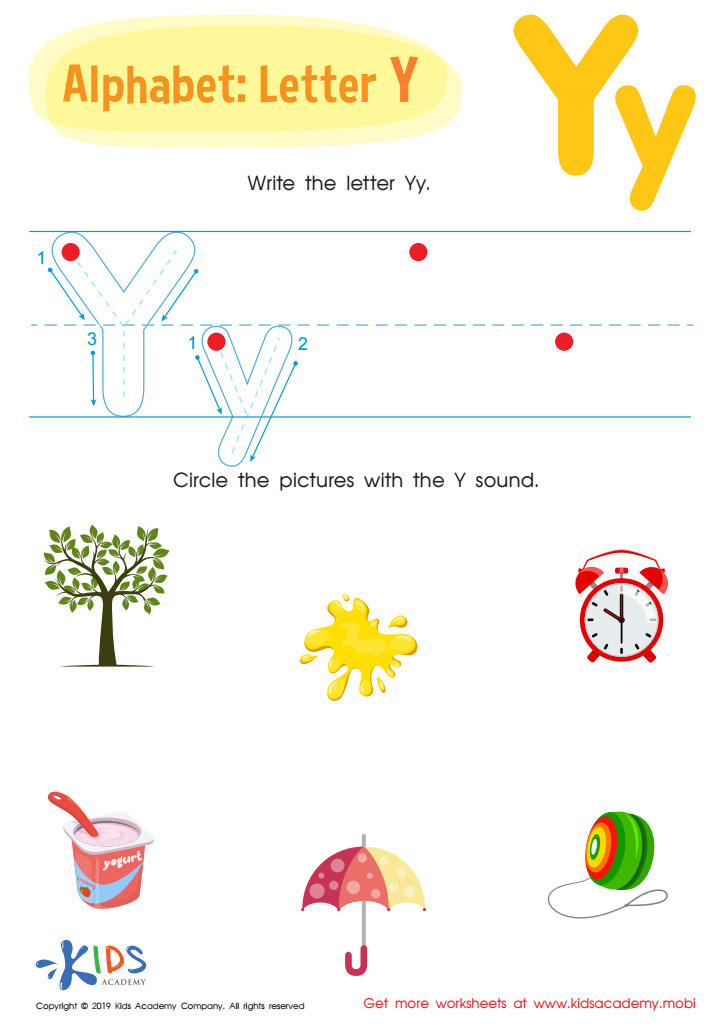

Letter Y Tracing Worksheet
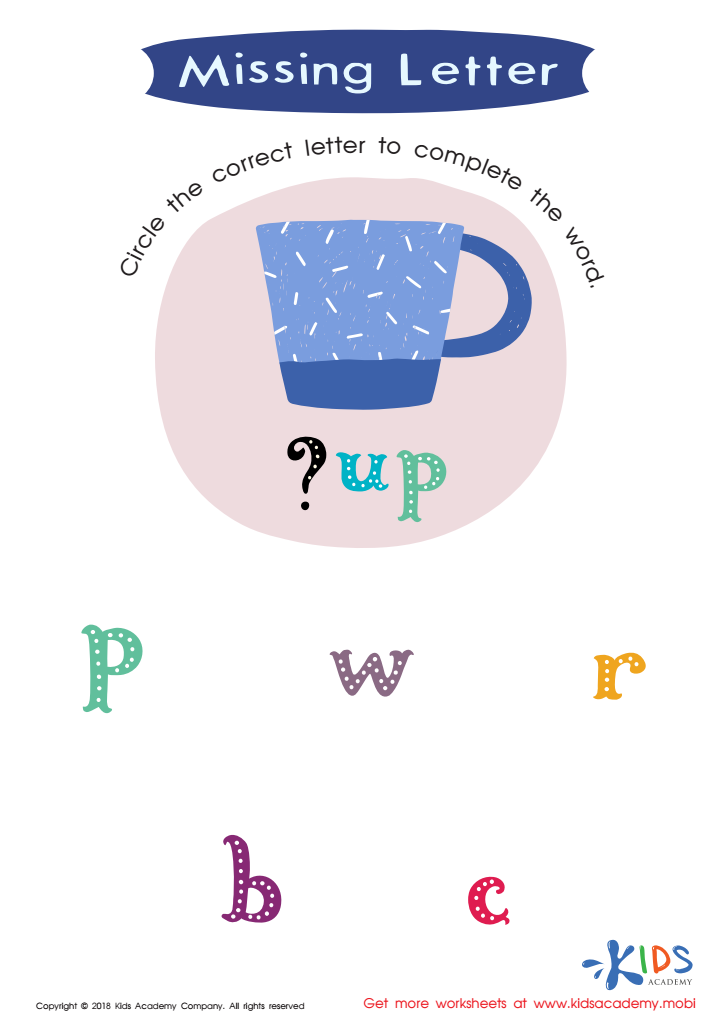

Missing Letter Worksheet
Alphabet sequencing is crucial for children aged 4-9 as it lays the foundation for their reading and writing skills. Mastering the order of the alphabet aids in letter recognition, which is essential for phonetic awareness. By developing this skill, children can better understand the relationship between letters and sounds, enabling them to decode words efficiently.
Teachers and parents should care because a strong grasp of the alphabet also fosters confidence in literacy. Children who can accurately recite and sequence the alphabet are more likely to engage in reading activities, leading to improved comprehension skills. This knowledge forms the basis for spelling, dictionary use, and understanding alphabetical order in various contexts, such as organizing information.
Furthermore, alphabet sequencing can enhance memory skills and cognitive development. Engaging children in fun activities, such as songs, games, and puzzles, promotes active learning and makes this foundational skill enjoyable. When children master the alphabet sequence early on, it sets them up for success in school and life, making it an essential focus for educators and caregivers. In sum, alphabet sequencing is not just a mundane task but a pivotal educational milestone that facilitates broader literacy development.
 Assign to My Students
Assign to My Students


.jpg)
